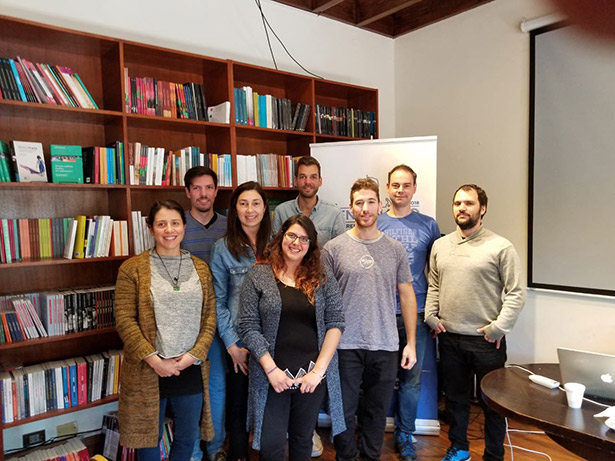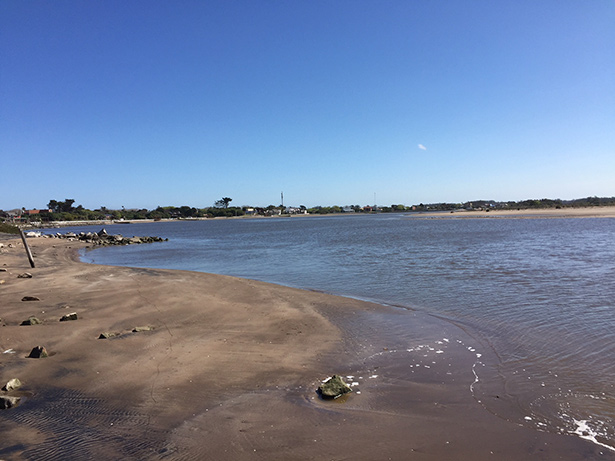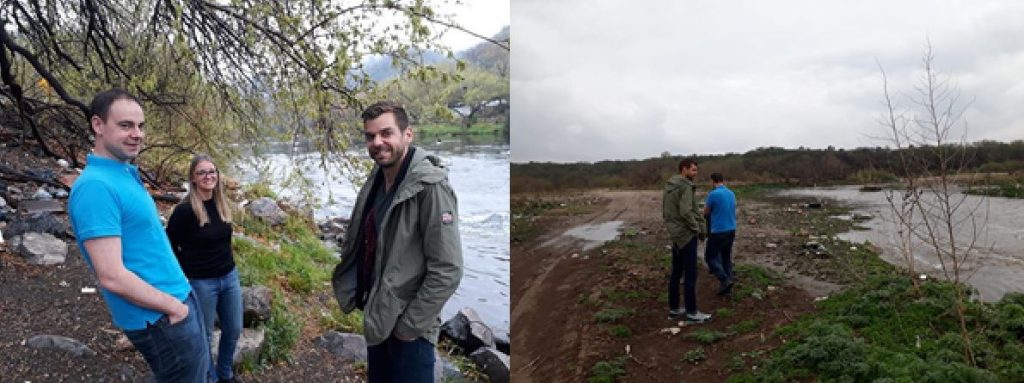Alexander Feckler shares his experience during his visit at the Universidad Nacional de Mar del Plata (UNMdP) and the Universidad de Córdoba (UCO) in Argentina, as part of an internationalization project of the Swedish University of Agricultural Sciences (SLU).
After a 14-h non-stop flight from Frankfurt to Buenos Aires and another 1-h hop to Mar del Plata, Mirco Bundschuh and I finally made it to sunny but still chilly Argentina – northern hemisphere late summer of course means southern hemisphere early spring. Warmly welcomed by our host Mirta Menone, we met colleagues from UNMdP, got an insight into their work, about the methods and tools used in the local laboratories, and environmental problems as well as challenges in Argentina.

For the next couple of days we organized a PhD course at UNMdP on “Ecotoxicology: moving from effect to hypothesis driven research”, which links ecotoxicology and stress ecology. The discussions with students were critical and fruitful, also allowing for reflection on our own research. In addition to the course, Mirco gave a seminar on stress responses in heterotrophic food webs, based on results from our recent research, which was part of the departments lecture series.

Starting with the second week, we finally had some time to explore the wonderful landscapes of Argentina. During trips to “La Brava pond” and “Mar Chiquita coastal lagoon” we learned about the current agricultural land use pattern in Mar del Plata region, which is dominated by soy, vegetables, potatoes and fruits. These field trips helped us to develop an understanding on anthropogenic pressures in this region on local water bodies, how we might be able to assess for their impact, how cyanobacteria blooms have impacted the research and in which way this aspect can be considered in future research.
Later the second week, our trip continued to Córdoba, one flight-hour northwest of Buenos Aires, where we had the chance to visit a completely different landscape. We focused mainly on the river that passes through Córdoba and intakes basically all the wastewater the city releases. It was interesting and partly devastating to see how the quality of the waterbody changed from its headwater regions to the city and thereafter: the river smells even 15 km downstream of the wastewater treatment plant effluent, similar to a secondary treatment tank of European wastewater treatment facilities, allowing only a very few organisms to survive. It was mentioned that the first fish species can only be found some 80 km downstream of the wastewater treatment plant outlet.

Overall, we met an interesting group of researchers that are open for scientific collaborations in diverse topics directly or indirectly related to ecotoxicology in freshwaters. Owing to the kind invitation, support, and hospitality of Drs. Mirta Menone and Valeria Amé we had the chance to get to know the many facets of Argentina and its various environmental challenges. It is up to us now to establish collaborations among universities to face these challenges in the future.
